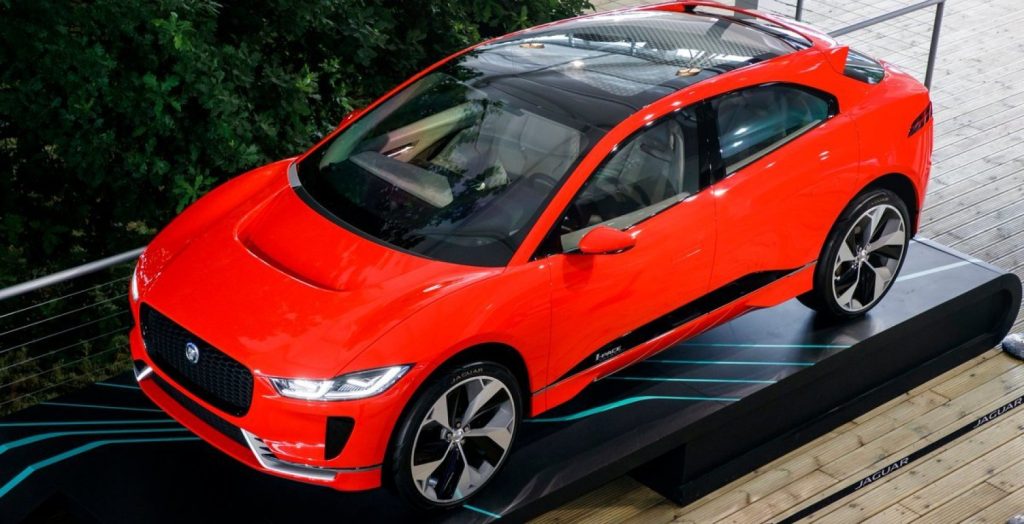In a recent article by the FBHVC we were taken back to an age where electric cars sales represented 28% of the market and it was longer ago than you might think.

Clara Ford used a Detroit Electric, it was easy to drive, had an 80-mile range on a single charge and could reach 20 mph. She was not alone, well-dressed society women could simply drive to lunch, to shop, or to visit friends without fear of soiling their gloves, messing their hair or setting their dresses on fire – you just got in and went. New York had charging stations all over town, so ladies could recharge their cars while in the stores.
Other famous Detroit Electric owners included, John D Rockefeller Jr, Thomas Edison and Mamie Eisenhower. The get in and go feature was also appreciated by Doctors, no need to swing a starting handle and hope for a bang! Henry Ford and Thomas Edison worked together to try and make the Electric Vehicle the primary form of transport in the USA. They considered providing charging stations around the country. So, what was the vehicle market looking like in the soon to be the superpower of vehicle production, at the turn of the 20th Century?

In 1900, 28 percent of all the 4,192 cars produced in the US were electric. In New York City 90% of the cabs were electric. They have a special place in United States history as the first ever speeding ticket was issued to a driver of one! In mainland Europe, a number of EV achievements had taken place. In France, physicist Gaston Planté invented the rechargeable lead-acid battery in 1859. This was improved by Camille Faure such that by 1881, it was of practical use.
Andreas Flocken built his Electrowagen in 1888 in Germany. In Paris in 1899 a Belgian, Camille Jenatzy, built a torpedo shaped EV, the Jamais Contente, took the land speed record at nearly 66 mph using Michelin tyres. It was powered by two direct drive 25KW motors producing about 68 horsepower. The record stood for 3 years. Jenatzy also built a factory to produce EV’s for the Parisian electric carriage market.


Great Britain laid claim to the invention of the world’s 1st EV3. Thomas Parker, who electrified the London Underground, built an Electric Horseless carriage in 1884. He believed that gas and coal were bad for the environment and was looking for what we would know call eco-friendly options. He is also believed to have added hydraulic brakes on all 4 wheels and developed 4-wheel steering. In a talk to the automobile club he complained that the battery power currently available was unable to cope with the hills around Wolverhampton!
In the USA, the first EV was a six-passenger wagon, capable of 14 mph, built by William Morrison in 1890 but it was not until about 1895 that EV’s took off, some 15 years behind Europe but soon the USA became the country where EV’s gained most acceptance. For trucks, range limitation was addressed by an exchangeable battery service. The vehicle was purchased without a battery, which was leased separately. The owner paid a variable per mile charge plus a monthly service fee to cover maintenance and storage of the truck. Something not to dissimilar to the current Renault ZE options.


So, having achieved a strong market position, why the change from a smooth, silent, spinning electric motor to a relatively inefficient, noisy and smelly engine, the piston of which keeps stopping and reversing?
Ironically one of the resistors, the need to use a starting handle, was overcome with the invention of the electric starter motor in 1912. More significantly as more and better roads were constructed, the need for greater range took precedence.
The worldwide discovery of oil reserves led to the availability of relatively cheap petrol. Technically, petrol has a very high energy density, a real benefit for a vehicle which needs to carry its own fuel, the greater the energy per kg the better. It is also easy to transport and store. Plus of course it is possible to transfer the fuel from tank to tank in seconds, whereas a battery, even in the 21st century, takes time to charge even with the Tesla supercharge network.
So with cost reducing in petrol produced cars, EV technology stagnated around 1910.

What we have now though is a return to a focus on EV vehicles, in large part down to the reasons presented by Thomas Parker way back in 1884! The major motor manufacturers are building more efficient engines than ever before and increasing their investment in alternative fuels on a scale never seen since the late 1800’s. Jaguar for their part have joined Formula E all electric racing series, release their first electric powered car in 2018, the first of many they have planned.
Why did it take so long, was technology not ready, markets not ready, consumers not ready? Personally I think it was the first two, it makes you think how different the landscape would look if EV’s had been the motor of choice since its early domination of the markets and not petrol.
In 1900 the EV market represented 28%, now in the UK we have seen a large increase in electric cars, but it still only represents 1.8% of the market. Only time will tell where we end up in this latest technological development, but we thought it was interesting to take a look back at the early history of electric cars.



